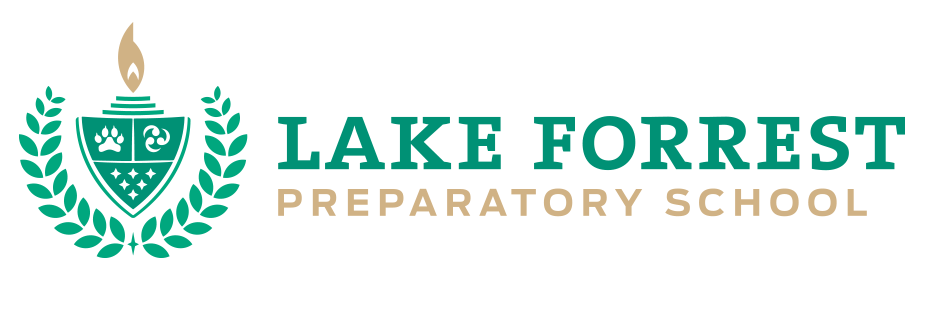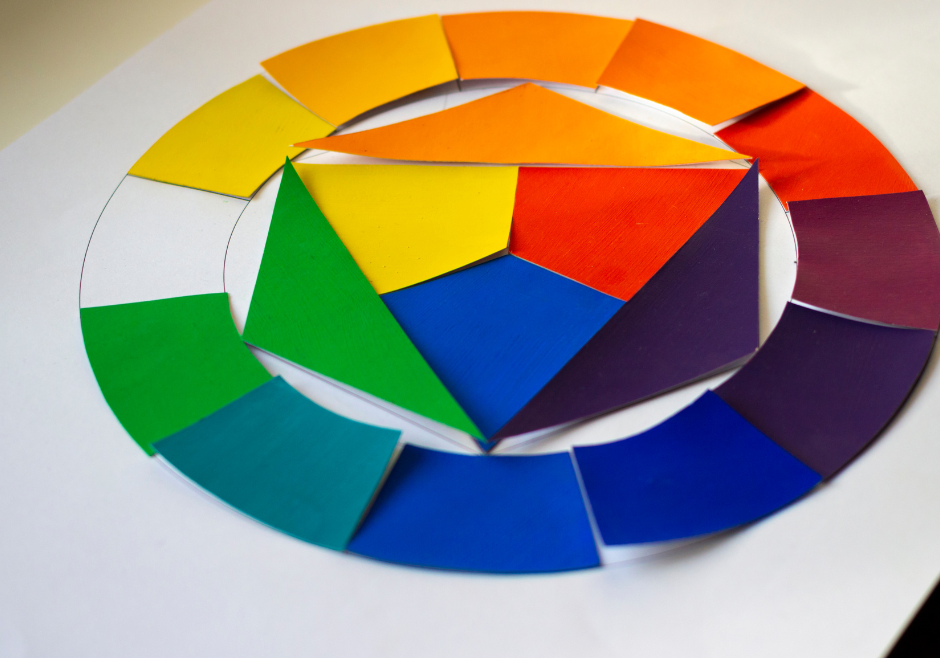Understanding color theory is a fundamental aspect of art education that can unlock a world of creativity for young minds. Introducing your child to the color wheel and the principles of color theory at an early age can be both fun and educational. As a parent, you can engage your child in interactive and enjoyable activities to explain the mesmerizing world of colors. At Lake Forrest Prep, we know that building these connections in the home can help them with their development in the classroom!
Here are four creative activities to teach your child about the color wheel and color theory, sparking their imagination and artistic abilities.
Color Wheel Creation with Everyday Objects
Creating a physical color wheel using everyday objects is a fantastic way to introduce your child to the basic colors and their relationships. Gather objects or materials that represent primary colors: red, blue, and yellow, along with secondary colors: orange, green, and purple. Encourage your child to arrange the objects in a circular formation, mimicking the color wheel.
As you arrange the objects, discuss the primary colors and demonstrate how mixing them creates the secondary colors. For instance, mixing red and blue creates purple. This hands-on activity allows your child to grasp the concept of primary and secondary colors while engaging their senses and creativity.
Colorful Collage Creation
Engage your child’s artistic flair by creating a vibrant collage that showcases the color spectrum. Provide a variety of magazines, colored papers, old fabric scraps, and other art materials. Encourage your child to cut out shapes and objects in different colors and arrange them on a large piece of paper or cardboard.
Guide them in arranging the colors in a way that demonstrates the color progression from one end of the spectrum to the other. Discuss the warm and cool colors, complementary colors, and how they interact. This activity allows your child to visually understand the arrangement of colors while expressing their creativity through art.
Rainbow Exploration in Nature
A trip to the outdoors can offer a hands-on exploration of the colors in a natural setting. Take your child on a nature walk or a visit to a nearby park and encourage them to identify and collect items that represent different colors of the rainbow.
As they gather leaves, flowers, stones, or even small pieces of cloth in various colors, prompt them to categorize the items by color. Once back home, assist them in creating a “rainbow collection” by arranging the items in the order of the color spectrum. This activity not only reinforces their understanding of colors but also fosters a connection with the natural world.
Mixing Colors with Playdough
It doesn’t get more hands-on than playdough! Playdough provides an excellent medium for a hands-on color mixing experiment. Equip your child with primary colored playdough—red, blue, and yellow—and guide them in mixing these colors to create secondary colors.
Encourage them to experiment by blending the playdough colors together, observing the changes that occur. Ask questions like, “What happens when you mix red and yellow?” or “Can you make green playdough by mixing blue and yellow?” This activity enables your child to understand color combinations and enhances their sensory and fine motor skills.
At Lake Forrest Prep, we know learning within the home through these sorts of activities can benefit a child greatly in the classroom. The passion for learning doesn’t start and stop within the school, after all! To learn more about what sets Lake Forrest Prep apart, schedule a tour with us!


